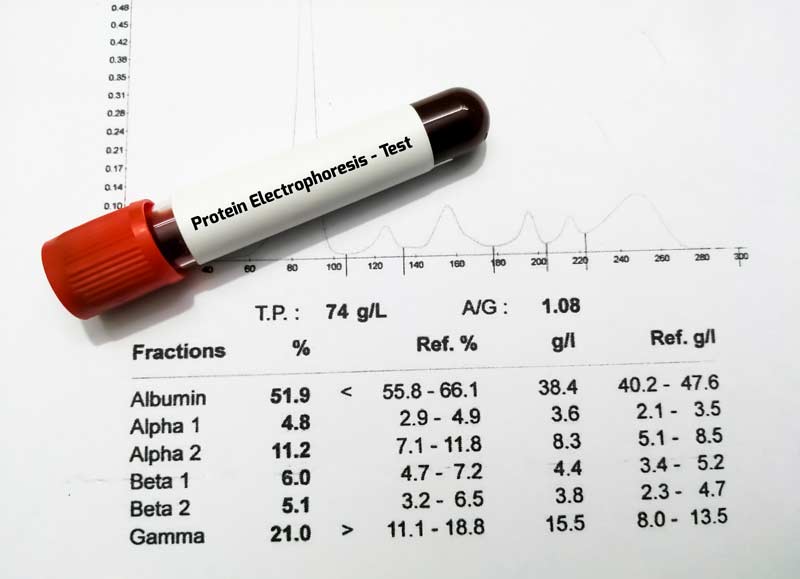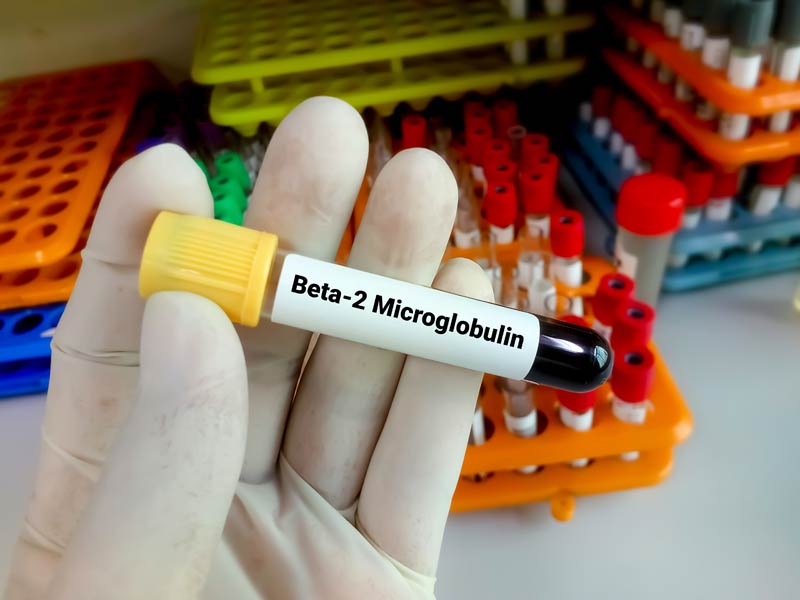Maximum Allowable Blood Loss (ABL) Without Transfusion: Online calculator

Maximum Allowable Blood Loss (ABL) Without Transfusion formula can be used in patients with blood loss, typically during surgery, who may need transfusion. The Maximum Allowable Blood Loss Without Transfusion calculator suggests how much blood can be lost, typically during surgery, before transfusion should be considered.
Maximum Allowable Blood Loss (ABL) Without Transfusion formula helps with determining when to transfuse a patient if blood count values are not immediately available.
Maximum Allowable Blood Loss (ABL) Without Transfusion calculated based on formula:
ABL = [EBV x (Hi-Hf)] / Hav, where EBV = body weight, kg x average blood volume*, mL/kg and other variables are as follows:
| Variable | Description |
| ABL | Allowable blood loss |
| EBV | Estimated blood volume |
| Hi | Initial hemoglobin |
| Hf | Final hemoglobin (cutoff for transfusion) |
| Hav | Average of initial and final hemoglobin |
*Average blood volume by age:
| Age | Average blood volume, mL/kg |
| Adult man | 75 |
| Adult woman | 65 |
| Infant | 80 |
| Neonate | 85 |
| Premature neonate | 96 |
Transfusion triggers vary by patient and clinical presentation.
Patients with hemoglobin concentrations below 6 g/dL almost always require transfusion. In stable patients with hemoglobin values 6-10 g/dL, the decision whether to transfuse is based on an evaluation of clinical status; patients with values above 10 g/dL rarely require transfusion unless they are unstable or have signs/symptoms consistent with continued hemorrhage.
During blood loss, dilution of remaining hemoglobin occurs as intravascular volume is maintained by fluid shifts and administration of fluids. Consider transfusing if estimated blood loss exceeds calculated allowable blood loss.
Estimating blood loss intraoperatively can be done via direct measure of blood in suction canister along with measuring soiled sponges.
This method is only an estimate to measure blood loss. Patient vitals and clinical signs should be evaluated clinically first.
Capacity by sponge type:
- 4x4s: ~10 mL blood
- Gauze sponges (Ray-Tec):~10-20 mL blood
- Laparotomy (lap) sponges: ~50-100 mL blood
Consider timing of blood loss. Acute blood loss may not present with a drop in hemoglobin. Always monitor clinical metrics such as hemodynamics and respiratory status along with anticipated blood loss.
The trigger to transfuse varies by patient.
The maximum allowable blood loss equation was developed by Jeffrey Gross based on an accepted equation for blood loss and incorporating a correction for isovolumetric hemodilution using a mathematical differential.
Gross in 1983 showed that a blood loss greater than 20% of estimated blood volume will cause the maximum allowable value to be inaccurate.
Register on our website right now to have access to more learning materials!
Subscribe to our pages:
Literature
- Gross JB. Estimating Allowable Blood Loss Corrected for Dilution. Anesthesiology 58.2 (1983): 277-280.
- Practice Guidelines for blood component therapy: A report by the American Society of Anesthesiologists Task Force on Blood Component Therapy.
- Practice guidelines for blood transfusion: a compilation from recent peer-reviewed literature. American Red Cross.
Baseline Cardiovascular Risk Assessment in Cancer Patients Scheduled to Receive Cardiotoxic Cancer Therapies (Anthracycline Chemotherapy) – Online Calculator
Baseline cardiovascular risk assessment in cancer patients scheduled to receive cardiotoxic cancer therapies (Anthracycline Chemotherapy)…
National Institutes of Health Stroke Scale (NIHSS) – Online calculator
The National Institutes of Health Stroke Scale (NIHSS) is a scale designed to assess the…
Charlson Comorbidity Index (CCI) Online Calculator
Charlson Comorbidity Index predicts 10-year survival in patients with multiple comorbidities.
Multiple Myeloma Diagnostic Criteria – Online Calculator
Revised Multiple Myeloma International Staging System (R-ISS) Online Calculator
Revised Multiple Myeloma International Staging System (R-ISS) – prognostication tool for myeloma patients based on…
Multiple Myeloma International Staging System (ISS) Online Calculator
Multiple Myeloma International Staging System (ISS) prognosticates the severity of multiple myeloma based on routinely…











